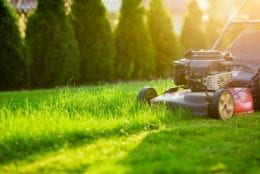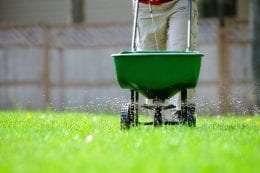Grassy sandbur is the “sticker” plant that looks like a grass. It will often invade thin lawns, especially in dry years. Therefore, the best control for this weed is a thick, healthy lawn. However, if your lawn is thin this spring and grassy sandbur was a problem last year, use a preemergence herbicide before the sandbur comes up. Not all preemergence herbicides are effective. The three products that can help minimize grassy sandbur are oryzalin, pendimethalin and prodiamine.
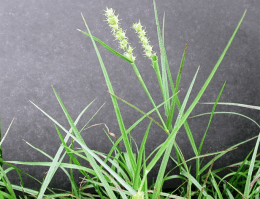
Oryzalin is sold under the trade names of Surflan and Weed Impede. It can be used on all warm-season grasses as well as tall fescue. It should not be used on cool-season grasses other than tall fescue such as Kentucky bluegrass. Oryzalin is also sold as a combination product with benefin as Green Light Amaze. As with oryzalin alone, it can be used on all warm-season grasses as well as tall fescue. It should not be used on cool-season grasses other than tall fescue such as Kentucky bluegrass. Apply Amaze or an oryzalin product about April 15 when redbud trees approach full bloom.
Pendimethalin is sold commercially as Pendulum as well as several other names. On the homeowner side, it is sold as Scotts Halts. Pendimethalin is best applied as a split application with the first half applied about April 15 and the second about June 1. Alternatively, make the first application when redbud trees approach full bloom and the second six weeks later.
Prodiamine is sold under the commercial name of Barricade. It is also sold as a homeowner product Howard Johnson Crabgrass Control Plus with 0.37 Prodiamine 00-00-07. It can be used on all of our common lawn grasses. Apply as is done for oryzalin, about April 15 or when redbud trees approach full bloom. Only one application is needed per year.
None of the “weed preventers” will give complete control but each should help. Quinclorac (Drive) can provide some postemergence control especially if the sandbur is in the seedling stage. Quinclorac is also found in a number of combination products that control both broadleaf weeds and crabgrass such as one of the following:
Ortho Weed-B-Gon Max + Crabgrass Control
BioAdvanced All-in-One Lawn Weed and Crabgrass Killer.
Monterey Crab-E-Rad Plus
Fertilome Weed Out with Crabgrass Killer
Trimec Crabgrass Plus Lawn Weed Killer
Bonide Weed Beater Plus Crabgrass & Broadleaf Weed Killer
Spectracide Weed Stop for Lawns Plus Crabgrass Killer
Again, the best control for grassy sandbur is a healthy, thick lawn.
By: Cassie Thiessen
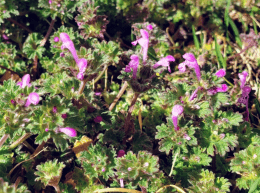 Do you have small purple flowers popping up in your lawn? This is likely henbit, the broadleaf weed that actually germinates in fall and flowers in spring. Follow the link below to learn about the pros and cons of henbit:
Do you have small purple flowers popping up in your lawn? This is likely henbit, the broadleaf weed that actually germinates in fall and flowers in spring. Follow the link below to learn about the pros and cons of henbit:
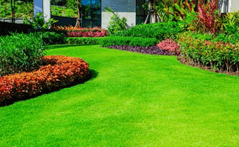 If you only fertilize your cool season lawn once a year, September is the best time to do it. Do you know the best practices to keep your lawn looking great? The link below is an excellent cool season lawn care guide and calendar:
If you only fertilize your cool season lawn once a year, September is the best time to do it. Do you know the best practices to keep your lawn looking great? The link below is an excellent cool season lawn care guide and calendar:
